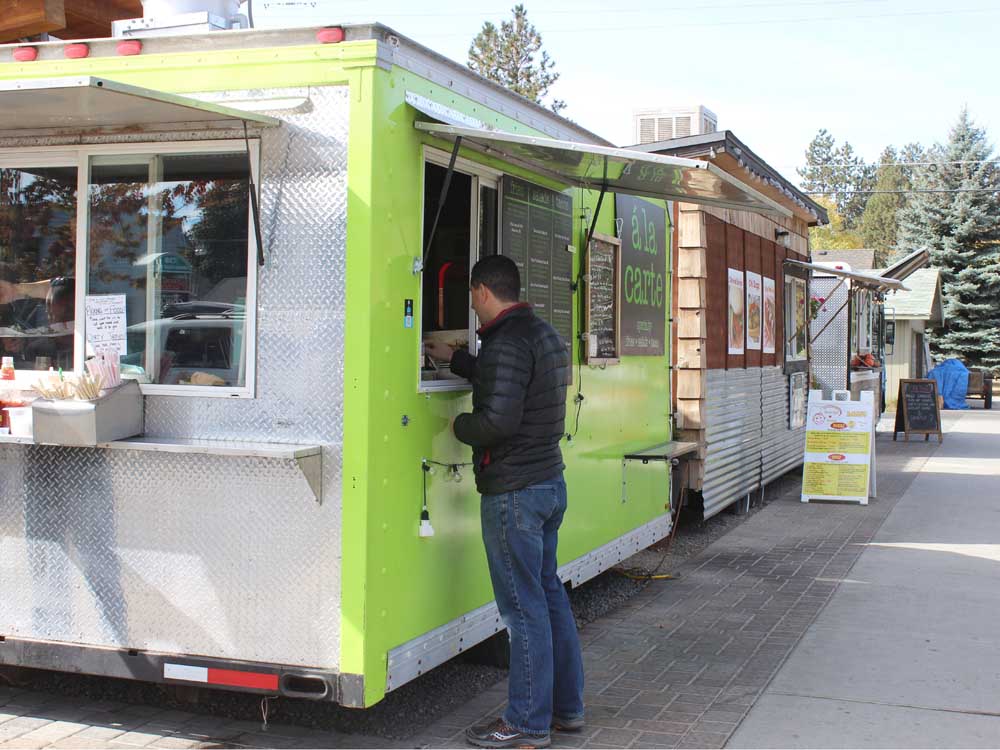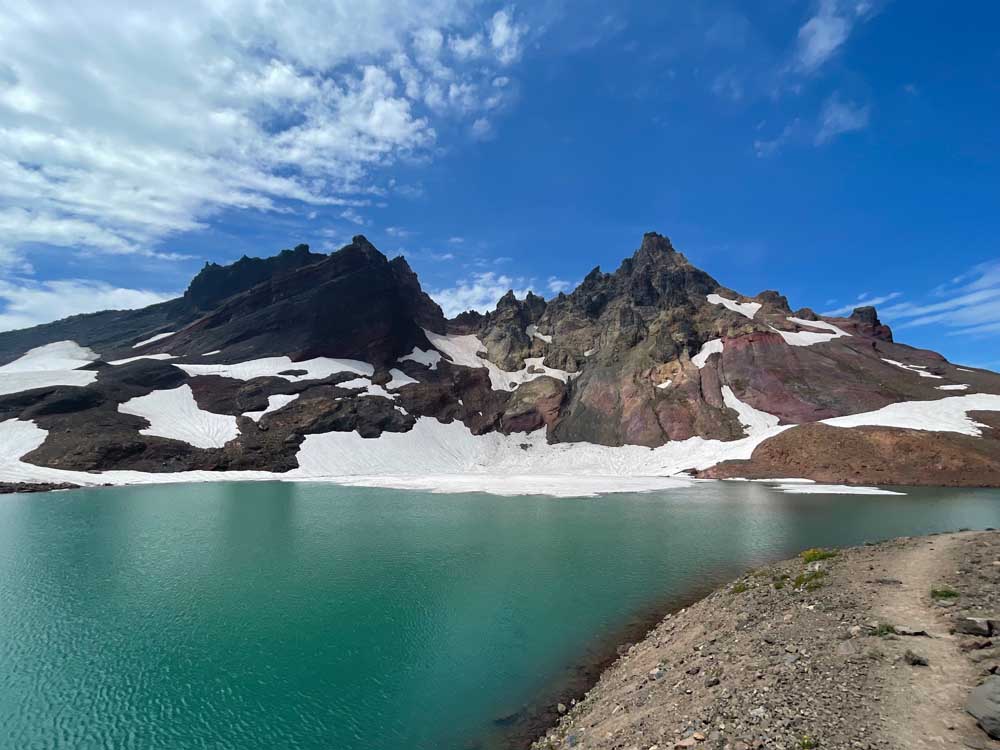Central Oregon’s food truck scene is booming
Published 12:00 am Saturday, October 8, 2016

- (Bulletin file photo)
Bend’s premier food truck pod has covered seating — heated in winter; it’s anchored by a beer and kombucha bar and surrounded by five food trucks, serving up tacos, Thai cuisine, gourmet goodies, creative salads and barbecue, to mention a few offered tasty treats.
The Lot is packed Tuesday for trivia night. Half-empty beer glasses and plates of food sit on almost every table. The scene is abuzz with an energy not often found in restaurants.
Trending
While The Lot is the most established food truck hub in Central Oregon, there is plenty of competition to become the second and third go-to spots where diners can experience the rapidly growing dining trend.
The food truck scene in Deschutes County exploded this year. Food truck pods have popped up or fortified in Tumalo, Redmond, Sisters and near Atlas Cider in Bend. Not only are there more food trucks, but instead of rolling away at the end of summer, vendors are shortening hours and sticking around throughout the year, or most of it.
“We have issued 153 mobile food unit licenses in 2016 in Deschutes County,” said Eric Mone, environmental health supervisor at Deschutes County Health Services. Mobile food unit licenses include food trucks, street-corner food carts, restaurants that use food trucks at events and coffee stands. According to Mone, there has been a 13 percent increase in licenses since last year compared with a 4 to 5 percent increase each year for the same license in the previous five years.
Food trucks are “like this hybrid between take out, fast food and a sit down restaurant experience,” said Dave Bodi, owner and executive chef of Bangarang. “It makes sense that as many people as there are and as many entrepreneurs as there are that can’t find a brick and mortar, can’t find the financing, might choose this avenue.”
Food trucks first entered the dining scene as a quick bite healthier than your average fast-food option for workers on their breaks, several of them being located outside hospitals and large office buildings.
“It’s something that you get very quickly, but is way better and above a typical fast-food option,” said Bend resident Kelly Tuerffs, 25.
Trending
While the original concept is still very popular, some companies are working hard to provide a unique experience. Owners are more creative with the types of food they are offering and the environments they’re creating. For example, Bangarang has a seasonal menu and serves customers locally sourced gourmet dishes, Scoutpost cooks meats in a clay roasting oven and the Brown Owl has combined its outdoor food truck and indoor bar.
The market has expanded as some use the food truck as a steppingstone to opening up a restaurant — a way to introduce the community to what they have to offer. Spork and Barrio are two such success stories.
“I think the old-school taco trucks are going to stay around, and there’s a place for them,” Bodi said. “But I do think that as more entrepreneurs come in and people start to see these ideas popping up, their own ideas will start to evolve. I think you’re going to see cooler things coming out of food trucks in the future.”
Bodi and his wife originally entered the food truck business as a way of showcasing the farm-to-table approach that they would eventually like to do in a restaurant.
However, truck owners and chefs still face limitations due to space and time restrictions.
“We’re trying to break what’s normal in the food truck, what people’s expectations are. At the same time, we can only go so far,” Bodi explained.
Gourmet and high-end food is only so attainable when you have a mix of customers looking to sit down and enjoy their meals and also people that want something quick and easy to bring home. “All of a sudden you have this time-sensitive dish that’s beautiful and perfect and right there and then someone is packing it and taking it home,” Bodi said.
Without having to pay for rent, electricity or as many employees as a restaurant, the overhead is much lower. Trucks can offer affordable options with meals usually ranging from $5 to $15. However, the initial price of buying and opening a food truck is higher than perceived. Once equipment, working capital and ingredients are accounted for, the truck is only a portion of the cost. Trucks can be found on sites such as Craigslist and eBay. There are even shops and websites now that create custom-built food trucks, some costing almost as much as a restaurant.
Some businesses have welcomed food trucks as a way of broadening their customer base. “Motorcycles, coffee, beer — we wanted to reach out towards families and people that aren’t necessarily interested in those things,” said Peter West, manager at Spoken Moto. “We don’t have a commercial kitchen, so food trucks just made sense.”
Places like The Lot, Wild Ride Brewing, Crux Fermentation Project and Spoken Moto, where collections of food trucks are parked, have become quite popular. Visitors can choose from a variety of cuisines and then dine in a communal space, which for many is the key to success. “I think that is something you’re going to see more of, beyond just good food, you have to have a place where people want to be,” said West.
Additionally, many food trucks are sticking around past the busy summer season and remaining open in the wintertime, but with shorter hours. “I plan on the truck staying there and becoming a permanent structure there and continuing to grow our customer base,” Bodi said.
Beyond Bend, mobile food trucks are parked in Tumalo, Redmond, Sunriver, Sisters and Alfalfa. The new addition of The Bite in Tumalo brought four new food trucks to the area, and permits for another food truck pod in Tumalohave recently been approved. “That’s striking if you have a community with one or two food trucks, a coffee hut and a burger wagon and all of a sudden you see seven or eight more in this little community,” Mone said. “That’s impressive.”
— Reporter: 541-383-0351mcrowe@bendbulletin.com








